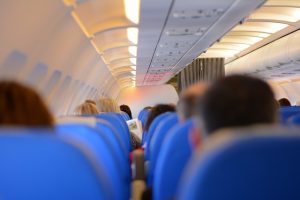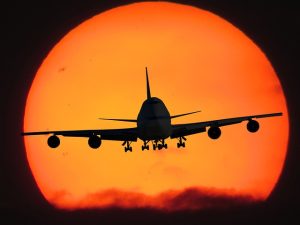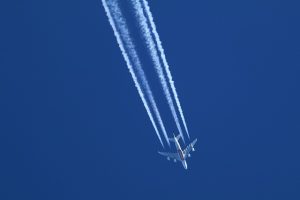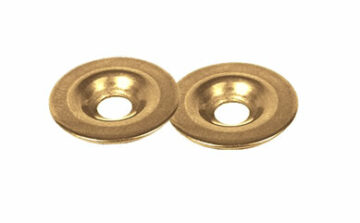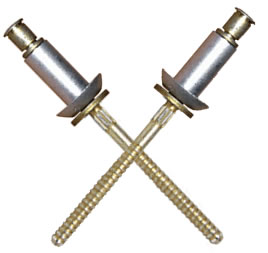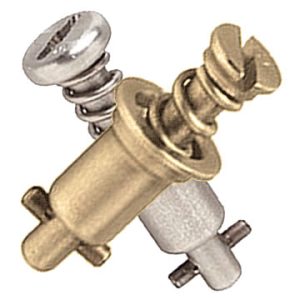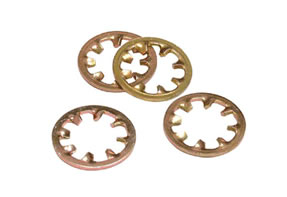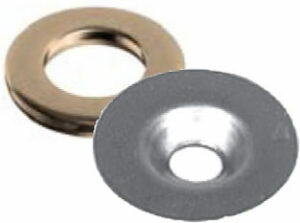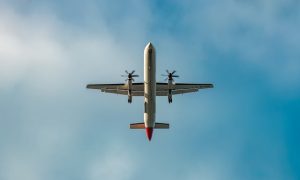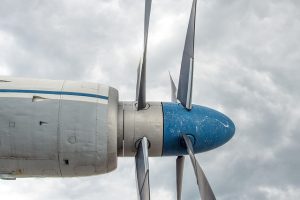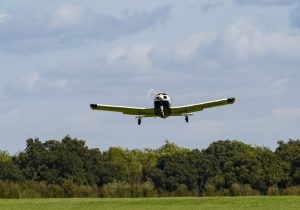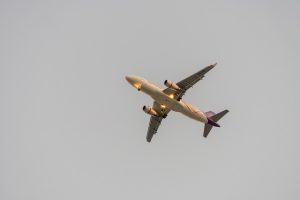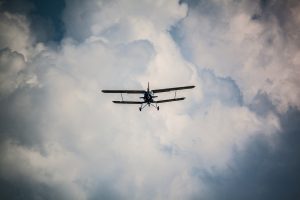
Have you heard of adverse yaw? Yaw, of course, is one of the three axes of flight. It represents the oscillation or rotation of an object, such as an airplane, around a vertical axis.
Pilots can control the airplane’s yaw via a rudder. The rudder is a control surface on the tail. Engaging the rudder will turn the airplane to the left or right while simultaneously changing the airplane’s yaw. But there’s also adverse yaw, which is entirely different from standard yaw.
Adverse Yaw Explained
Adverse yaw is a phenomenon in which the nose of an airplane yaws in the opposite direction of the turn. As previously mentioned, airplanes turn by yawing. Pilots can engage the airplane’s rudder, and depending on the direction in which the rudder turns, the airplane will turn to the left or right.
Adverse yaw involves the unwanted rolling of an airplane. Rather than yawing in the same direction of the turn, the nose of the airplane yaws in the opposite direction of the turn.
What Causes Adverse Yaw?
Airplanes experience adverse yaw when there’s an imbalance between the lift and drag of their wings. Each wing will produce lift and drag. When one wing produces more lift and drag than the other wing, the airplane will experience adverse yaw. Its nose will yaw in the opposite direction of the turn.
Using the ailerons to initiate a roll may result in adverse yaw. Not to be confused with rudders, ailerons are flight control surfaces on the wings. Pilots typically use them to change the direction in which the airplane flies via rolling. Engaging the ailerons, however, may create an imbalance between the two wings’ lift and drag, thereby causing adverse yaw.
Effects of Adverse Yaw
Based on its name, you may assume that adverse yaw is a problem. After all, it contains the word “adverse.” While adverse yaw involves the unwanted and undesirable;e rolling of an airplane, though, it typically doesn’t pose any major problems.
When an airplane experiences adverse yaw, its nose will simply rotate or yaw in the opposite direction of the turn. This is because one of the wings produces more lift or drag than the other wing. Once the airplane stops turning, its lift and drag will stabilize and, thus, the airplane will no longer experience adverse yaw.
In Conclusion
Yawing is the rotation of an airplane along a vertical axis. Along with roll and pitch, yaw is one of the three axes of flight. Adverse yaw is simply a phenomenon in which the nose of an airplane yaws in the opposite direction of the turn.
- SEO Powered Content & PR Distribution. Get Amplified Today.
- PlatoData.Network Vertical Generative Ai. Empower Yourself. Access Here.
- PlatoAiStream. Web3 Intelligence. Knowledge Amplified. Access Here.
- PlatoESG. Carbon, CleanTech, Energy, Environment, Solar, Waste Management. Access Here.
- PlatoHealth. Biotech and Clinical Trials Intelligence. Access Here.
- Source: https://monroeaerospace.com/blog/what-is-adverse-yaw-and-what-causes-it/
- :is
- :not
- 200
- 300
- a
- adverse
- After
- Airplane
- Airplanes
- All
- along
- also
- an
- and
- any
- ARE
- around
- AS
- assume
- AXES
- Axis
- BE
- because
- between
- but
- by
- CAN
- causes
- causing
- change
- changing
- confused
- contains
- control
- course
- create
- Depending
- different
- direction
- Doesn’t
- e
- each
- engage
- engaging
- entirely
- experience
- Experiences
- flight
- from
- heard
- High
- However
- HTTPS
- imbalance
- in
- initiate
- involves
- IT
- ITS
- jpg
- left
- longer
- major
- max-width
- May..
- mentioned
- more
- name
- no
- nose
- object
- of
- on
- once
- ONE
- opposite
- or
- Other
- phenomenon
- Pilots
- Pitch
- plato
- Plato Data Intelligence
- PlatoData
- previously
- Problem
- problems
- produce
- produces
- rather
- represents
- result
- right
- Roll
- Rolling
- same
- simply
- simultaneously
- stabilize
- standard
- Stops
- such
- Surface
- than
- that
- The
- their
- Them
- thereby
- this
- though?
- three
- Thus
- to
- TURN
- Turning
- turns
- two
- typically
- unwanted
- use
- vertical
- via
- What
- What is
- when
- which
- while
- will
- Wing
- with
- Word
- you
- zephyrnet

